Are yeast cell wall products the same from different sources?
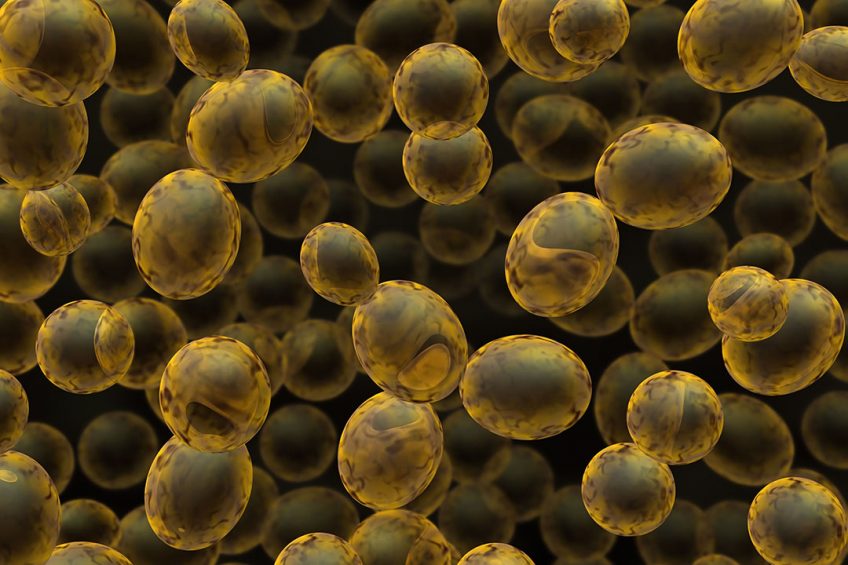
Several tests were carried out to see whether there was a difference in yeast cell wall products from three different yeast sources; pure cultured yeast, brewer’s yeast and alcohol yeast. The results are surprising.
Yeast cell wall is a kind of feedstuff obtained by the deep processing of yeast raw materials, and it is closely related to the source of yeast. These yeast sources include pure culture yeast, brewer’s yeast and alcohol yeast. Due to the different production processes, the quality and stability of the 3 kinds of yeast raw materials are very different, especially brewer’s yeast and alcohol yeast which have a very high risk of contamination and deterioration. Therefore, when selecting yeast cell wall products, we need to make a good distinction.
Test method
There is a claim that “brewer’s yeast grows older, cell wall is thicker and immune polysaccharide content is higher after repeated fermentation and utilisation”. Is this really the truth?
6 batches of pure cultured yeast cell wall, brewer’s yeast cell wall and alcohol yeast cell wall products were selected from the market (2 batches from each product). Of course, the raw material name of these products is “yeast cell wall”. It seems to be the same, but as long as we want to distinguish, we can easily determine which kind of yeast source is producing yeast cell wall by looking, smelling and dissolving.
Then, focusing on the physical and chemical indicators, what is the difference in the polysaccharide content of the 3 kinds of yeast cell wall products?
According to the test method, 6 samples were hydrolysed with hydrochloric acid to hydrolyse dextran and mannan on the cell wall to monosaccharides (glucose and mannose). Then, the content of polysaccharides in yeast cell wall was determined by HPLC.
Figure 1 – The differences of yeast cell wall from pure culture, brewer and alcohol yeast.
From Figure 1, we can see that the total amount of polysaccharide in pure cultured yeast cell wall is higher than that of brewer and alcohol yeast products. The glucan content of the 6 samples is not different, but the difference of mannan content is very obvious. The content of mannan in the cell wall of the brewer and alcohol yeast was much lower than that of glucan.
Because beer and alcohol yeast mud have not been washed, the residual plant components in raw materials must contain sugars that are not fully utilised by yeast. These sugars are mainly wort, plant syrup and so on. Their soluble and monosaccharide composition is mainly glucose. According to the detection method of yeast cell wall polysaccharides, they will be detected, and finally converted into dextran. With this understanding, we can carry out the following analysis and identification.
First of all, we used anthrone sulfuric acid method to detect small molecule soluble sugar in 6 samples. The results are shown in Figure 2 below.
Figure 2 – Soluble sugar content in cell wall samples of S. cerevisiae from 6 different raw materials.
Figure 2 really brings us closer to the truth that there are high levels of residual sugars in the cell walls of beer and alcoholic S. cerevisiae. These sugars are wort, plant syrup and so on that are not fully utilised in the beer and alcohol industry. We need to determine the composition of these monosaccharides.
We separated the soluble sugar of 6 samples, and then hydrolysed it into monosaccharide with hydrochloric acid. Finally, the glucose content was detected by HPLC. The results are shown in Figure 3.
Figure 3 – Monosaccharide detection results (glucose) of soluble sugar in cell wall samples of S. cerevisiae produced by 6 different raw materials.
The identification results in Figure 3 confirm our conjecture that there are indeed more “glucans” in the cell walls of beer and alcohol S.cerevisiae, which are derived from the residual plant components in beer and alcohol yeast mud. Due to the detection method of cell wall polysaccharides, these small molecules of plant polysaccharides were mistakenly identified as yeast “glucan”. If the dextran test results of beer and Saccharomyces cerevisiae cell walls in Figure 1 are subtracted from the glucose detection results of corresponding samples in Figure 3, we will find that the results obtained by subtracting the 2 results are very close to the mannan detection results of corresponding samples in Figure 1.
Surprising results
After so many years of use, we all know that pure culture of S. cerevisiae cell wall is more stable than other raw materials. Now, through detection and identification, we have confirmed that “after repeated use of beer fermentation, the yeast grows older, the cell wall is thicker, and the content of immune polysaccharide is higher…” Is false. As the industry matures and users grow, incorrect claims will be exposed. Quality and brand, will continue to provide us with confidence and the strength to move forward.
Join 26,000+ subscribers
Subscribe to our newsletter to stay updated about all the need-to-know content in the feed sector, three times a week. Beheer
Beheer

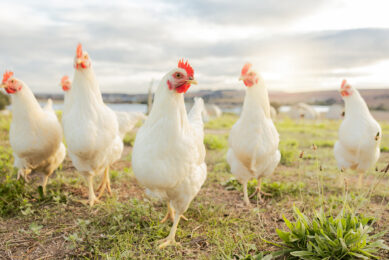
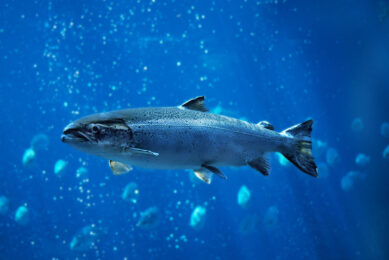
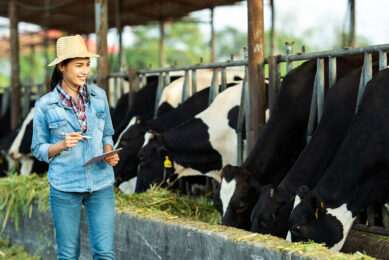
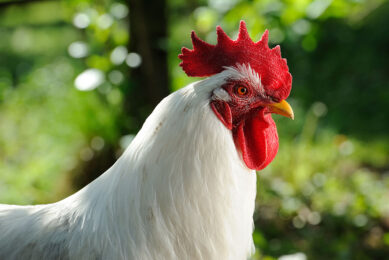
 WP Admin
WP Admin  Bewerk bericht
Bewerk bericht